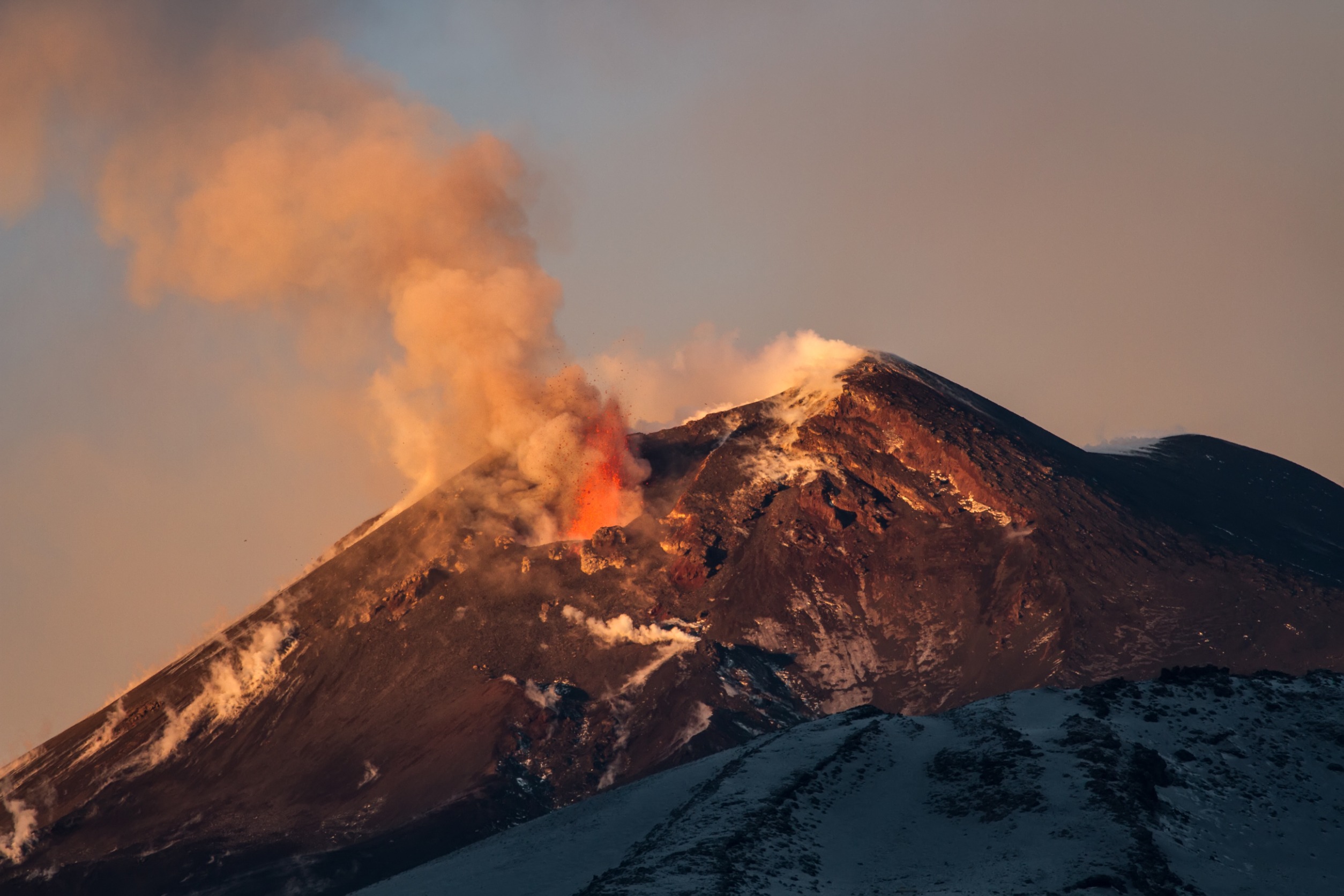Artificial intelligence in Volcanology
The mystery surrounding volcanoes' magma reservoirs has long been an unsolved question in the field of volcanology. Understanding where these reservoirs are located is vital for predicting future eruptions and their potential intensity. A group of researchers from the University of Florence has taken a significant step in this direction, developing an artificial intelligence-based application, called GAIA (Geo Artificial Intelligence thermobArometry), which is capable of predicting the depth of magmatic reservoirs.

The Importance of Understanding the Depth of Magmatic Reservoirs
According to Simone Tommasini, professor of Petrology and Petrography at the University of Florence and coordinator of the research team, the depth of the magmatic reservoirs is a crucial variable for assessing the danger of a volcano. These reservoirs are pressure and temperature resonators, and their position may change over time. However, obtaining this information directly from underground is extremely difficult and requires new investigation methods.
GAIA: A Breakthrough in Volcano Analysis
GAIA is an advanced analysis tool that uses artificial intelligence and data on the chemical composition of minerals called clinopyroxenes, commonly found in volcanic rocks. Through this analysis, GAIA is able to determine the pressure and temperature, and therefore the depth, of the magma chambers from which these minerals come. This tool represents a significant advancement compared to traditional analysis methods used in volcanology.
Methodology and Data Verification
Lorenzo Chicchi, doctoral student in the Department of Physics and Astronomy at the University of Florence and first signatory of the article in the journal Earth and Planetary Science Letters, explained that the methodology behind GAIA was developed in two phases. Initially, the system was trained on a part of the existing database and then its predictive accuracy was tested on the rest of the dataset. The result? GAIA has outperformed traditional analysis methods in accuracy.
Practical Application: Studies on Five Italian Volcanoes
GAIA was applied to the study of five active Italian volcanoes: Etna, Stromboli, Vesuvius, Vulcano and Campi Flegrei. The results were extraordinary, revealing details about the structure of the magma reservoirs of these volcanoes throughout their entire eruptive history.
Future Prospects and Security Implications
Professors Duccio Fanelli and Luca Bindi, from the Department of Physics of Matter and Mineralogy at the University of Florence, conclude with optimism. They hope that GAIA, being a free-to-use application, will become an essential working tool in the field of volcanology. The tool could help collect robust data that will be useful for assessing risks associated with volcanic eruptions, doing a great service to the scientific community and society as a whole.
Using keywords such as “Artificial Intelligence”, “Volcanology“, “Scientific Research”, “University of Florence”, “GAIA”, and “Magmatic Reservoirs”, this blog is SEO optimized and should attract a wide audience interested in these topics.







